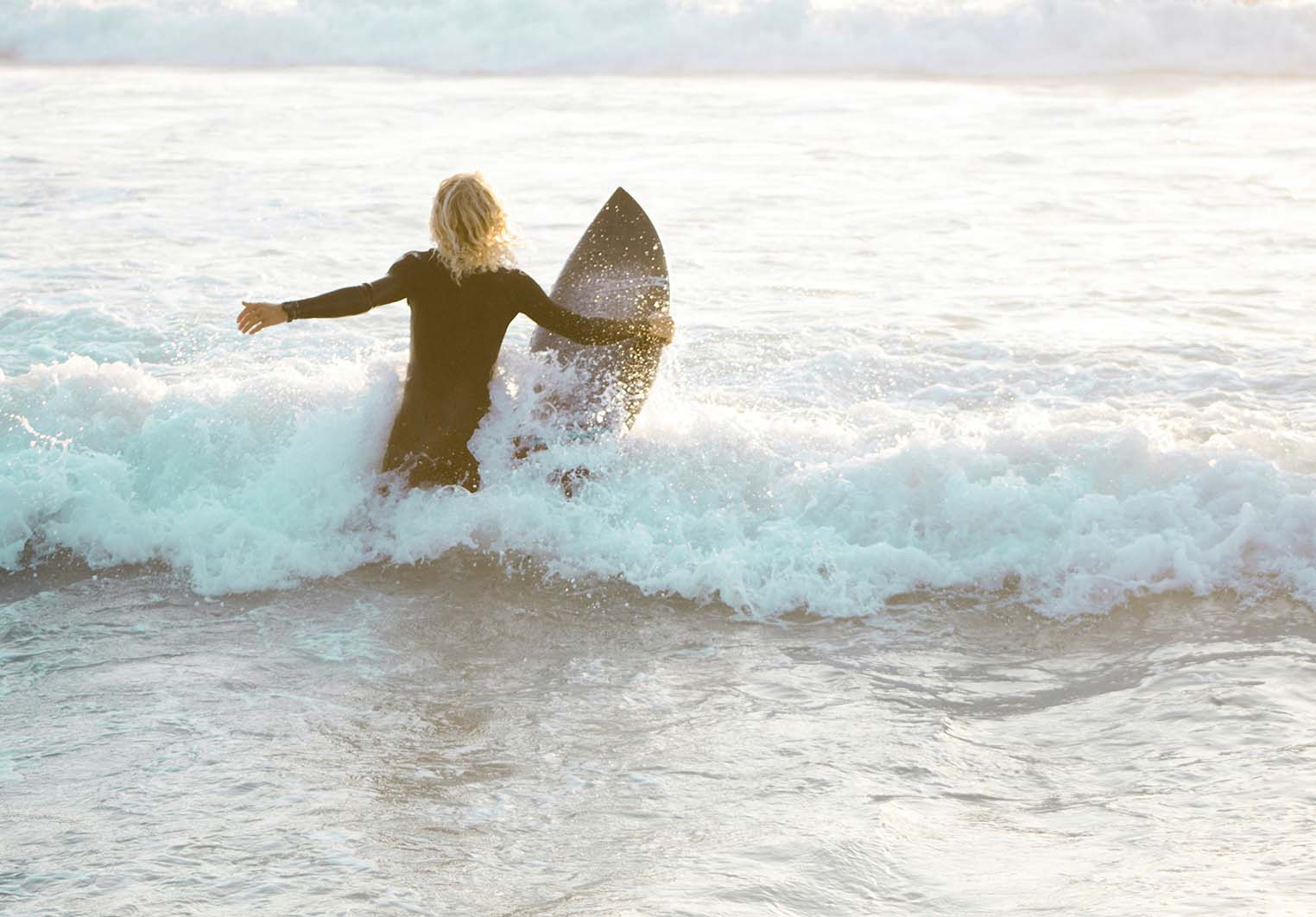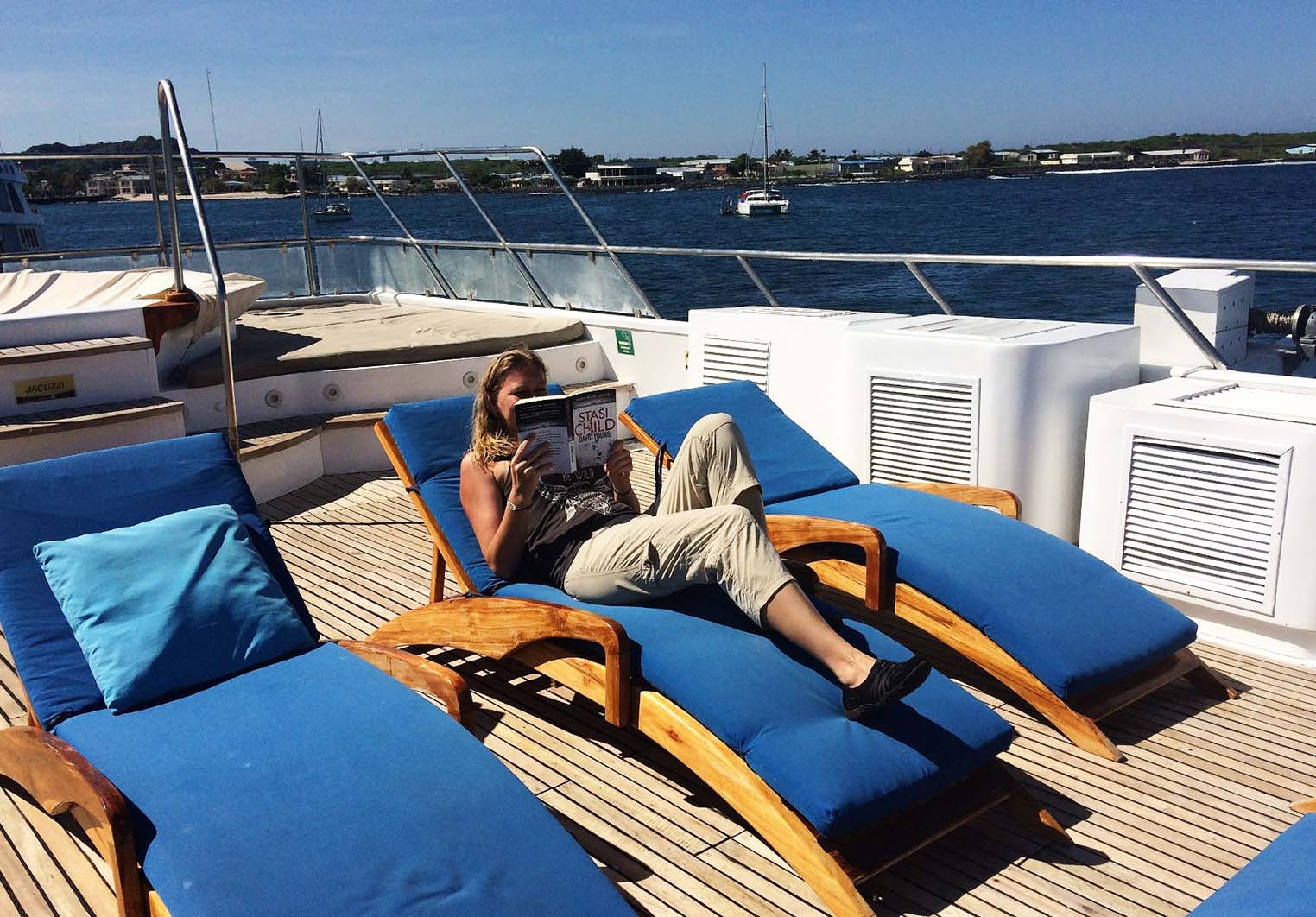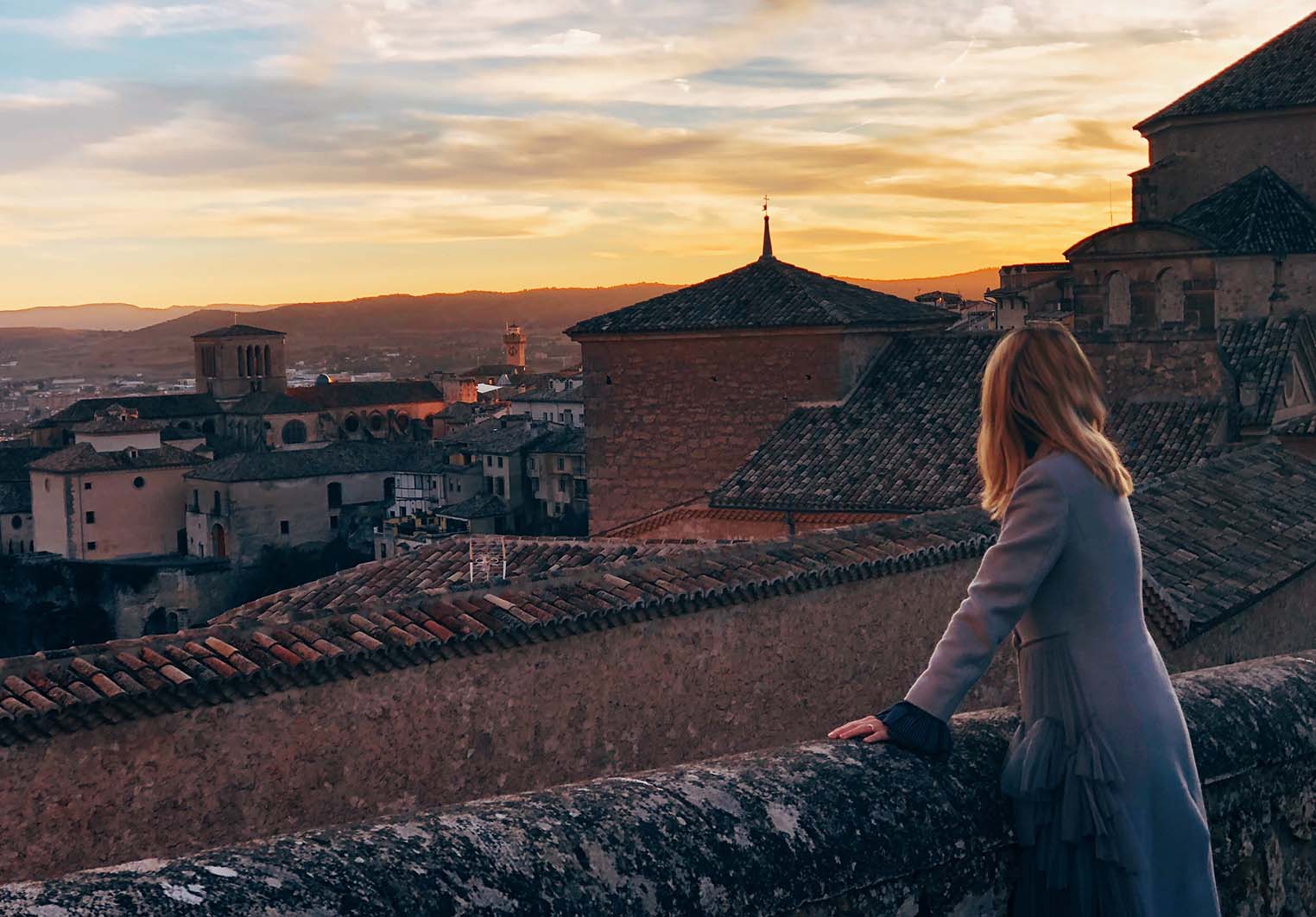I’m amazed by the content I’m reading on my Kindle. “Ecuador’s magnificent capital is nestled in a picturesque valley, situated at an altitude of approximately 2,800 meters and just 25 kilometers south of the equator. Its historic old town is a grand labyrinth composed of cobblestone streets, colonial-era buildings, and churches – these dazzling features helped it become the first UNESCO World Heritage Site in 1978 (alongside Krakow),” exclaimed the author in the independent article about Ecuador I’m currently enjoying while sipping my first delicious cup of Ecuadorian hot cocoa.
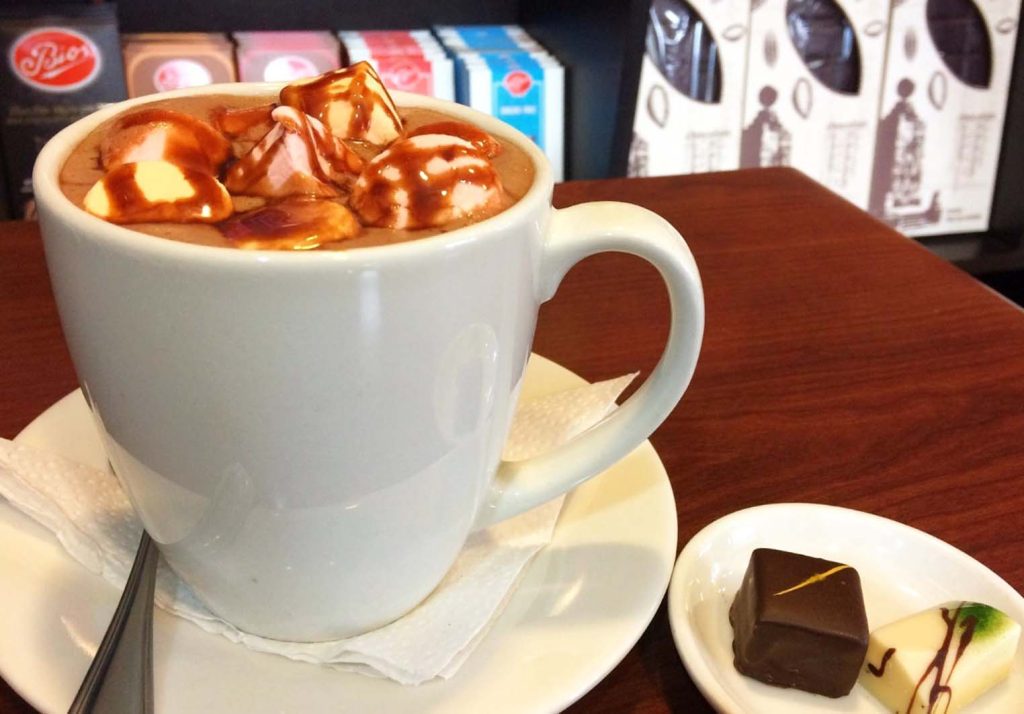
Quito presents itself as a city that could be a hidden treasure, a town of such stunning beauty that should have left me spellbound. However, the reality was quite different. I devoted three days to exploring Ecuador’s capital, and it was my initial destination as I embarked on my journey through the country. Normally, such an experience is sufficient to create an enduring connection with a place. But somehow, Quito and I failed to establish that elusive connection.
With eager anticipation, I embarked on my initial exploration of Quito, making a beeline for the Old Town. It was indeed a pleasurable experience, but I couldn’t quite align my perspective with the author’s portrayal of the churches and buildings as “dazzling” or the city as a “magnificent labyrinth.” The term “elevated” was fitting, though, as Quito rests at an impressive altitude of 9,350 feet (2,850 meters), ranking as the world’s second-highest capital city, surpassed only by La Paz in Bolivia. Had I overlooked something truly extraordinary? Upon my return to the hotel, I delved deeper into my research, determined not to miss any hidden gems. Thanks to the insights of Alex from Wanderland (who, like me, wasn’t an ardent Quito admirer), I stumbled upon the opportunity to partake in a complimentary guided walking tour.
On the following morning, I embarked on a journey through Quito’s Old Town in the company of approximately ten fellow travelers. This time, we were fortunate to have the guidance of local experts, and it was during this tour that I encountered some of the sights I had previously overlooked. Did any of these discoveries manage to inspire awe within me? Regrettably, my overall connection with the city remained elusive. However, I can’t deny the value of the walking tour, as it offered me a deeper appreciation of Ecuadorian culture and granted me unique insights into the lives, history, and political landscape of this fascinating nation.
For instance, our guide, Andrea, led us to the central market, where she introduced us to a plethora of local fruits. It was a delightful surprise to learn that one of my cherished Colombian fruits, the “lulo,” flourished here in Ecuador, albeit under the name “naranjilla.” Andrea’s introductions extended beyond fruits, as she acquainted us with various distinctive Ecuadorian dishes, igniting my interest in the hostel’s weekly gastronomic tours, although regrettably they came at a cost of $10. The market experience opened up a whole new world of culinary possibilities.
During this walking tour, I also uncovered the most significant omission of my previous explorations: the bohemian charm of the La Ronda neighborhood. This enclave boasted narrow, winding cobblestone streets and a vivid array of colorful houses, making it more enchanting than any other locale I had encountered in any city thus far.
Even with Andrea’s captivating narratives about Quito, the city still failed to etch a deep mark in my memory. To compound my dismay, the weather didn’t cooperate during my entire stay, with daily rainfall casting a perpetual veil of clouds over the city. The temperatures, lingering around the 50-degree mark, were just a tad too chilly for my liking, making me feel rather uncomfortable. As a result, every time I ventured out of the hotel, I had to don a trusty raincoat and wrap myself in a cozy scarf to combat the inclement weather.

As for my taxi driver’s comments on Quito becoming safer, Andrea still cautioned us against attempting the uphill trek to El Panecillo. The Quito Virgin, perched atop this 45-meter-high hill and watching over the city (made up of seven thousand aluminum pieces!), is a popular tourist spot but evidently not accessible on foot. My travel guide also warned against the ascent of this hill. In general, I found that Quito didn’t offer much in the way of activities.
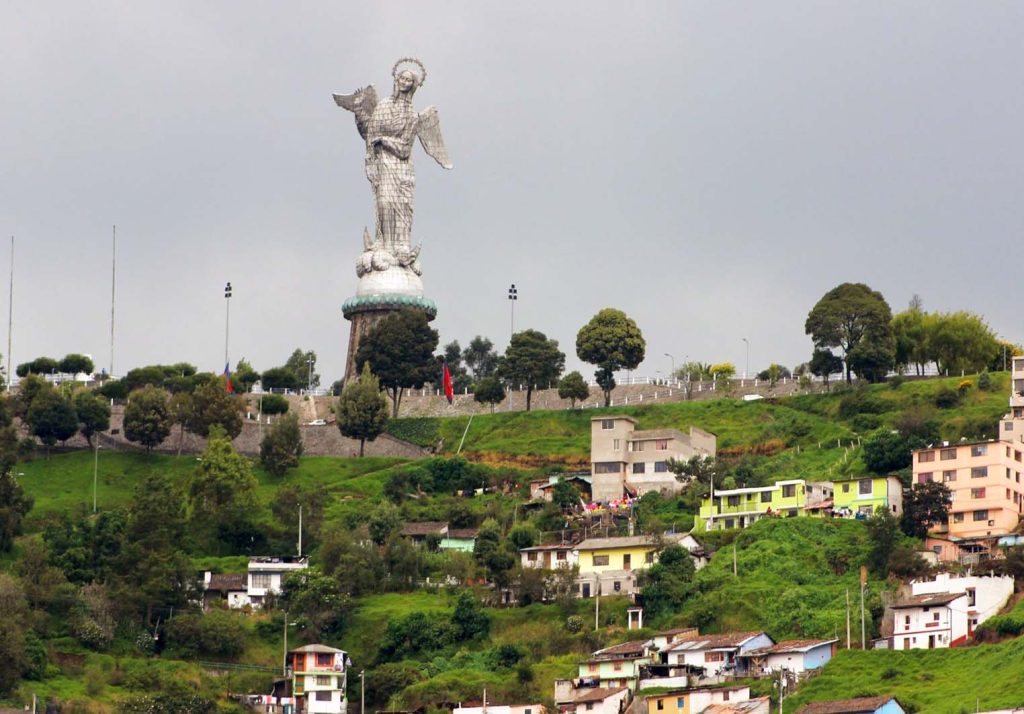
I visited nearly all of the city’s churches, including the stunning and elaborate Neo-Gothic National Basilica, my personal favorite. There, I spent $2 on a ticket to the bell tower, which offered some nice views of the city. Unfortunately, the overcast skies never seemed to clear up long enough to make it truly breathtaking.
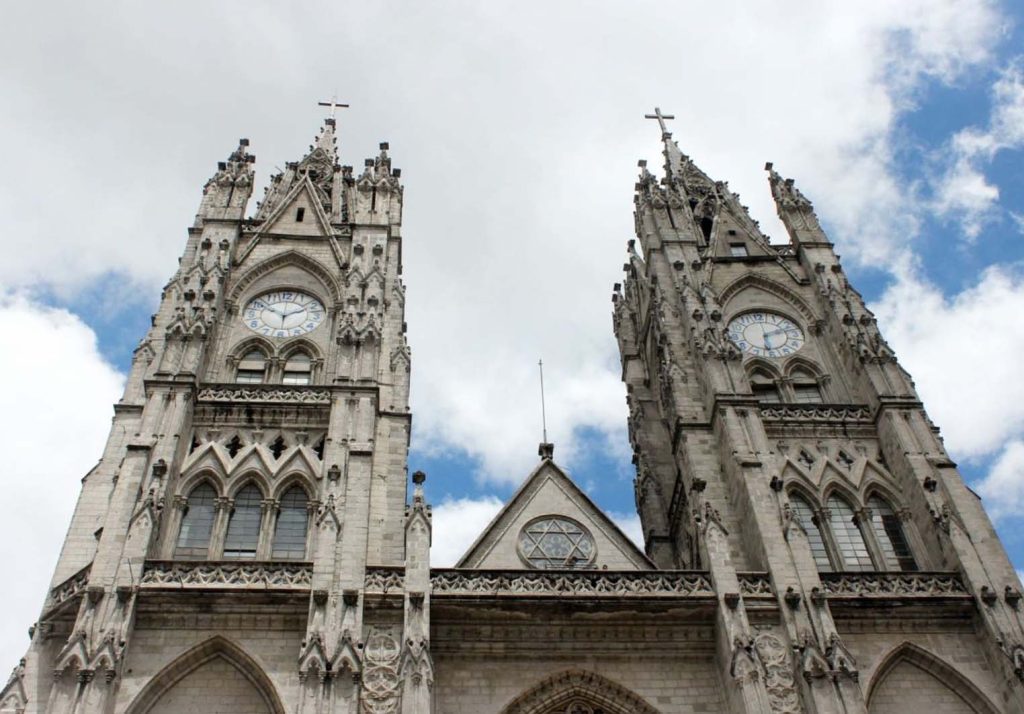
Just steps away from the National Basilica was the Quito Contemporary Art Museum, which I was delighted to find offered free admission. For an art enthusiast like myself, this was one of the highlights of my visit to Quito. During my visit, they had a fantastic photography exhibition on Ecuadorian Amazon indigenous communities, and the “Tres mil Leguas de algodón” exhibit by Ecuadorian artist Fabian Patinho, who captured women comfortable in their own skin, creating intimate undergarments and turning them into acrylic paintings.
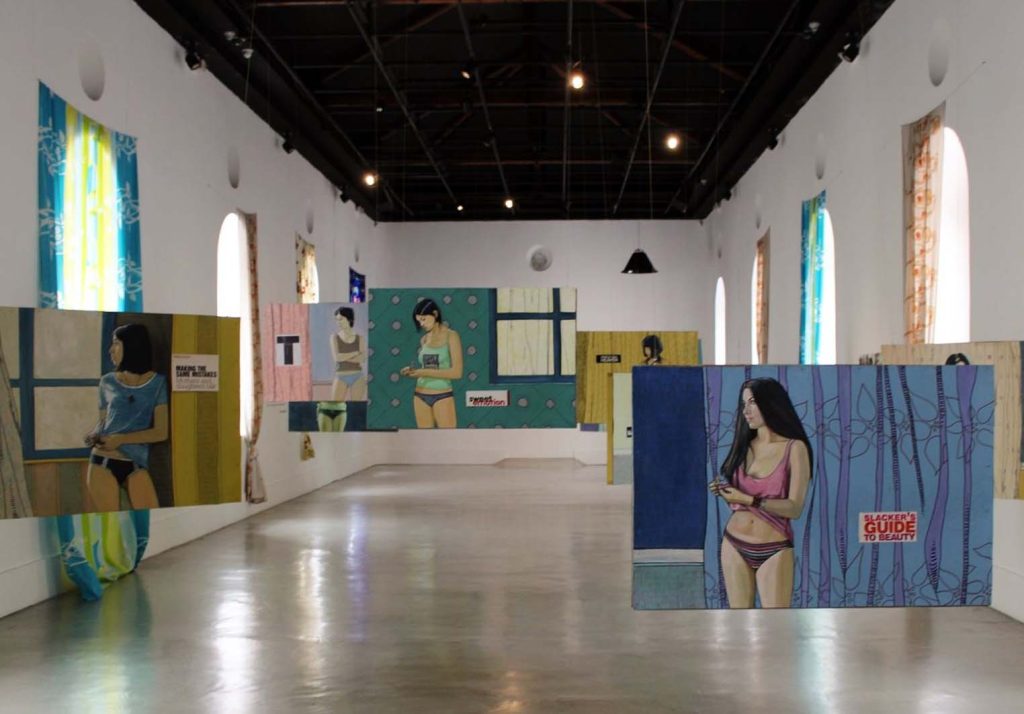
As I walked out of the museum, I couldn’t help but notice that the walls across from the museum were covered in murals and graffiti—these were the most impressive street art I had ever seen to date! These breathtaking works of art exuded unparalleled creativity and vibrancy, as if they were the magical blossoms of the city under the morning sun. Street art felt like an extra bonus on this art-filled morning, resembling an open-air gallery within the urban landscape, treating passersby to a visual feast.
Every wall had become a canvas for the artists, who expressed their emotions, thoughts, and creativity in various forms and colors. From vivid animal depictions to abstract masterpieces, these wall artworks each had their own stories, drawing onlookers to pause and appreciate. I was captivated by these works not only for their skill and beauty but also for the meaning and expression behind them.
These murals and graffiti are a part of urban life and serve as reflections of society, culture, and politics. They convey the artists’ perspectives on the world, their concerns about issues, and their visions of the future. On these walls, I saw calls for social justice, environmental conservation, peace, and harmony, making me feel that this city is teeming with vitality and innovation.
This morning’s experience made me reflect: art doesn’t solely reside in museums and galleries; it can be found in every corner of the city, offering us beauty and food for thought. Street art is the soul of the city, in a constant state of evolution and transformation, providing us with a vibrant and surprising urban experience. This encounter made me cherish the power of art even more and its omnipresence in our everyday lives.
I nearly made the same mistake as Alex in “Wanderlust” by skipping the “New Town” part of town, but after reading her article, where she regretted waiting until her last night in the city to explore it, I decided to check it out in comparison to the old town. Again, it didn’t exactly blow me away, but it was refreshing to see that this part of the area had a plethora of restaurants, bars, and nightlife venues, something I hadn’t encountered in the old town. As I ventured further away from the New Town’s main square, Foch Square, I particularly stumbled upon Borja Yerovi Square, where the colorful buildings and murals were a delightful sight.
In fact, I decided to stay in the newer part of town when I returned to Quito, so I could explore some of the nice cafes and bars and perhaps experience the nightlife. Weeks later, when I made my second stop in Quito, I congratulated myself for that decision. To be honest, I wouldn’t have returned to Quito if it weren’t for my desire to embark on the Cotopaxi Volcano mountain biking tour. This unique tour only operated on weekends, so I couldn’t participate during my first visit. However, I really wanted to climb at least one volcano in Ecuador, so why not go for South America’s second highest active volcano, Cotopaxi? The Cotopaxi Volcano is one of the world’s tallest volcanoes, standing at a height of 19,347 feet (5,897 meters).
Cotopaxi Volcano Climb
When I returned to Quito, the weather gods weren’t entirely on my side, but I tried to make the most of my volcano adventure. On a gloomy, rainy day, our group of six squeezed into a small van, and as we arrived at Cotopaxi National Park, the volcano was hidden behind massive clouds. We drove up to the parking area, made a short climb to Refugio Jose Rivas, which is currently the highest point you can climb to at an altitude of 15,953 feet (4,864 meters). Summiting had been impossible since August 2015 when the volcano woke up and erupted ash for the first time in thirteen years.
Cotopaxi Mountain Biking Tour
As we headed to the refuge, it started snowing, and by the time we reached the summit, the light snow turned into a rather sizable snowstorm. When we descended once more to prepare for the mountain biking, the snow turned to rain, putting a damper on what I had eagerly anticipated. We arrived at Laguna Limpiopungo at 12,566 feet (3,830 meters), soaking wet and covered in mud, chilled to the bone. While on our drive across the highlands earlier that morning, I had marveled at the flora and fauna, but in the rain, they were almost invisible. I couldn’t even take out my camera to capture a photo of the lake, which was a popular spot for birds, making it a perfect ending to our journey. It wasn’t the mountain biking adventure I had hoped for, but as they say, you can’t always be lucky.
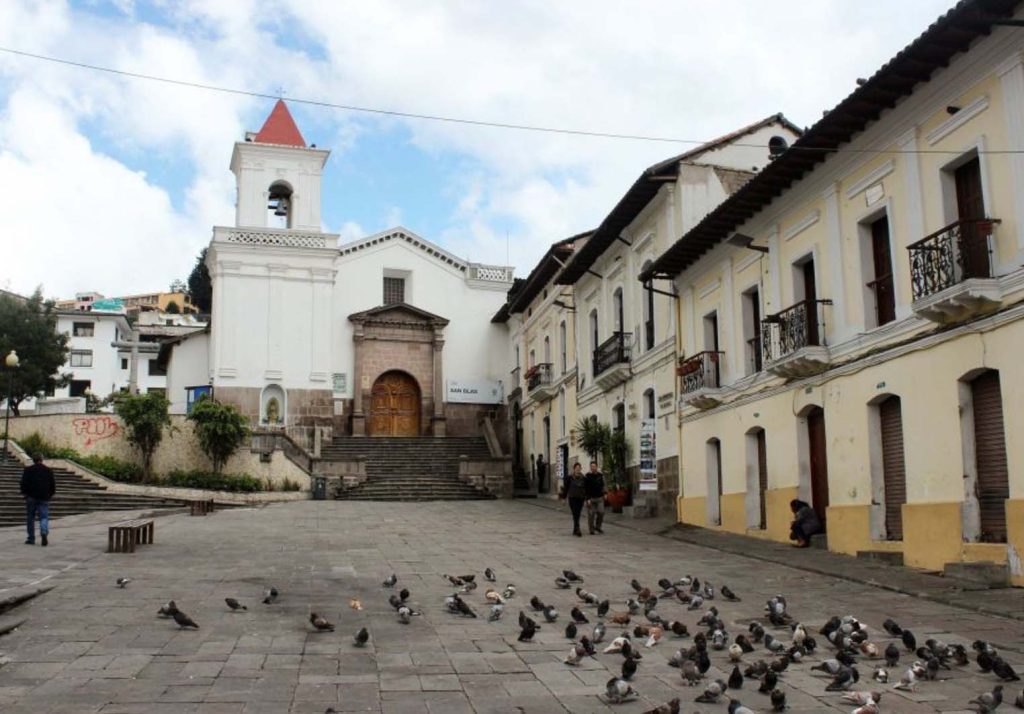
Cotopaxi Mountain Biking Tour
After the tour concluded, as I got off at Foch Square in Quito’s New Town bar district, I knew I had made the right choice to stay in this part of town. What had been a rather quiet square the night before was now bustling with people, and the coffee shops and restaurants were thriving. It was a Friday night, and I was determined to make my last night in Quito a memorable one. I found a lovely vegetarian restaurant, El Maple, just across the street from a fantastic German craft microbrewery, Cherusker Cerveceria. On the same street, Joaquin Pinto, I visited Lucky Charm Bar and then made my way to Finn McCool’s Irish Bar around the corner, So, while I didn’t particularly love Quito during my two visits, I felt that I ended my second visit on a high note and got a taste of Quito’s vibrant nightlife.


